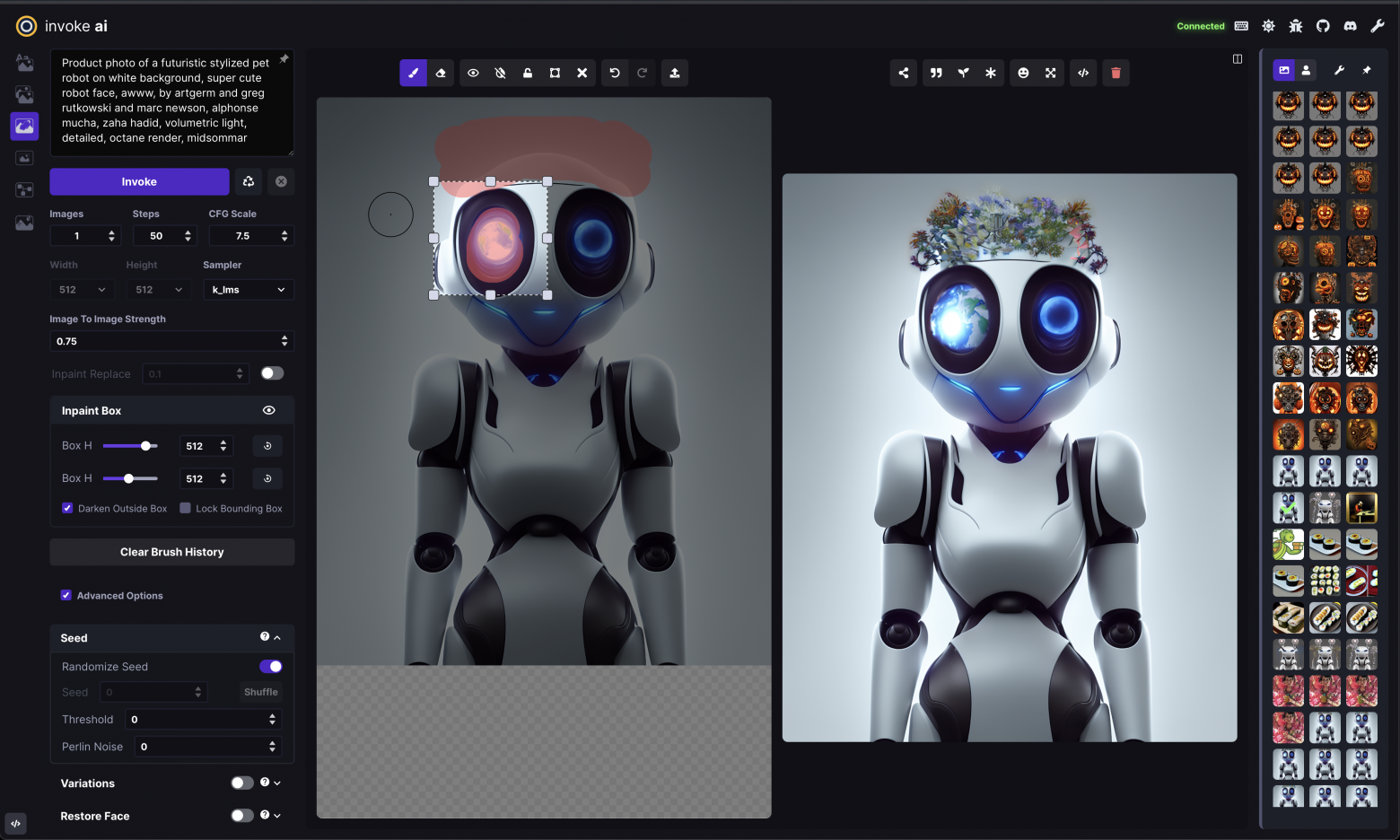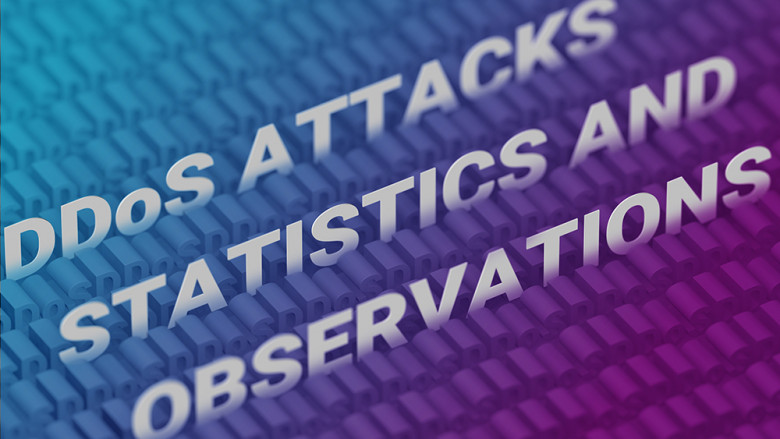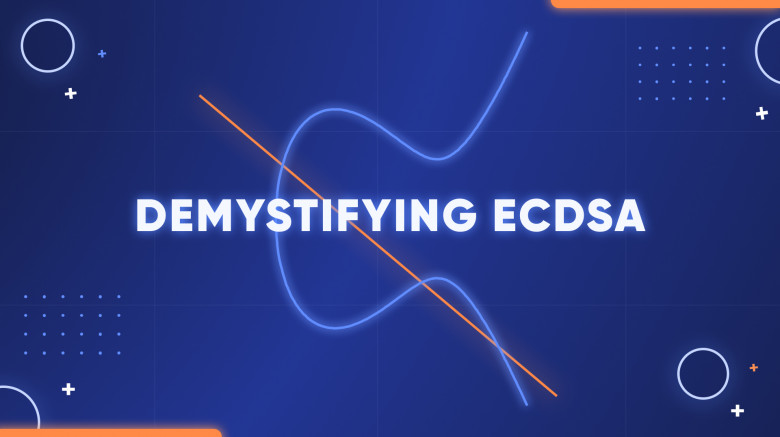
The InvokeAI team is excited to share our latest feature release, with a set of new features, UI enhancements, and CLI capabilities.

The InvokeAI team is excited to share our latest feature release, with a set of new features, UI enhancements, and CLI capabilities.
In the world of academic knowledge evaluation, objective calculation of large data presents a serious problem. Can a student studying in an Advanced Maths class and getting B-marks be evaluated equally with another student, getting B-marks in a General Maths class? Can we create a system that would take into account the level of difficulty those students face?
This article will describe a system of independent evaluation we have been using for school olympics in five subjects (Mathematics, English Language, Russian Language, Tatar Language, Social Science) for students grades 1 to 11. In each academic year we organise six qualification tournaments, with about 15,000 students from different regions of Russia. Then we select the top ten participants in each subject and each grade for their future participation in the final (seventh) tournament, where only the best of the best are chosen. It means that 550 participants compete in the final tournament, which is about 5.5% of all participants in the academic year.
It is obvious that those multiple tournaments cannot be absolutely homogenous, and inevitably the levels of difficulty for each set of tasks vary. Therefore, it is critical for us to take into consideration those variations of difficulty and calculate the results in the most objective manner.
August was a special month in PostgreSQL release cycle as the first CommitFest for the 16th PostgreSQL release was held.
Let's compile the server and check out the cool new stuff!

In the previous articles, we have covered query execution stages, statistics, sequential and index scan, and two of the three join methods: nested loop and hash join.
This last article of the series will cover the merge algorithm and sorting. I will also demonstrate how the three join methods compare against each other.
In this article, I will break down all the secrets of quantum computers piece by piece: what superposition (useless) and entanglement (interesting effect) are, whether they can replace classical computers (no) and whether they can crack RSA (no). At the same time, I will not mention the wave function and annoying Bob and Alice that you might have seen in other articles about quantum machines.
The first and most important thing to know is that quantum computers have nothing to do with conventional ones. Quantum computers are analog in nature, they have no binary operations. You have probably already heard about Qubits that they have a state of 0, 1 and 0-1 at the same time and with the help of this feature calculations are very fast: this is a delusion. A qubit is a magnet (usually an atom or an electron) suspended in space, and it can rotate on all three axes. In fact, the rotations of a magnet in space are the operations of a quantum computer. Why can it speed up calculations? It was very difficult to find the answer, but the most patient readers will find it at the end of the article.

With the end of the 2022' third quarter, we invite you to take a tour into DDoS attacks mitigation and BGP incidents statistics recorded from July to September.

One of the major challenges facing companies that transitioned online is how to deliver quality and personal customer service to their clients without face-to-face interaction. It’s true that technology can cause exponential growth to companies. However, business owners and leaders must also guard this important aspect of running a business. Fortunately, there are now a lot of CRM systems or customer relationship management systems available online.
What are the features and objectives of CRM tools? Its most basic definition is any technology in the form of a system or an app that aims to manage all your relationships and interactions with clients and potential customers.
Today, over 87% of businesses use a cloud-based CRM. That’s because it enhances business relationships and operations by giving organizations a more streamlined way to interact with their leads and customers. A CRM system enables companies to engage their customers, simplify processes, and increase income generation.

Toloka is a crowdsourcing platform and microtasking project launched by Yandex to quickly markup large amounts of data. But how can such a simple concept play a crucial role in improving the work of neural networks?

At first glance making REST and Apache Kafka compatible seems quite a challenge. However Innotech team nailed the task. Kirill Voronkin, Lead Developer at Innotech, shared the details on transforming unsynchronized queries into synchronized.

I bet you all had situations when a designer made a cool-looking UI and you just thought “cool, but how to implement this”. The same happened to me when a saw this progress bar in Figma.
Good thing is that in Flutter it’s pretty easy to create custom views and they will look awesome on every platform, but sometimes you just need to remember all these things that you have learned in geometric, and math classes. Yeah, we don’t always change the button’s color as someone thinks :)

LC ladder component values can have different values for the same transfer function. Published tables have only one set. Why?

Hi everyone, a few months ago I got a Brother AX-25, and since then, I've been working on turning it into a computer. It uses an Arduino to scan the custom mechanical keyboard and control the typewriter, and a Raspberry Pi is connected to the Arduino over serial so I can log into it in headless mode.

This is the complete crash course on the Elliptic Curves Cryptography used in Bitcoin and other blockchains. With code samples and a live demo from scratch.

A job interview is one of the most stressful life events. According to research IT specialists change their jobs every 2-3 years, and every tame they are faced with interviews with HR, tech leads and future managers. Artem Golovachev, Director of IT architecture at Innotech, shares his insights on how to successfully pass an interview.

In this post there are a lot of references to the previous one – it is essential that you read it before getting down to this.
In my previous posts (see the list below below) I tried to express my doubts whether there is a real physical substrate to the Lorentz transforms. The assumptions about the constancy of the speed of light, the homogeneity of space-time, and the principle of relativity do not and cannot lead to the deduction of the Lorentz transforms – Einstein himself, for one, gets quite different transforms, and from those he goes over directly to the Lorentz transforms obviously missing a logical link (see Einstein p. 7, and also Part 1 of this discussion). As for the light-like interval being equal to zero, we saw that it can be attached to such assumptions only in error and cannot in itself be a foundation of a theory. I have to conclude that all that fine, intricately latticed construction of scientifictitious, physics-like arguments with the air of being profound is nothing but a smokescreen creating the appearance of a physical foundation while there is none.
What is then the real foundation of the Lorentz transforms? Let’s start from the rear end, the Minkowski mathematics. Historically, this appeared later than special relativity as a non-contradictory model of the Lorentz mathematical world; previously mentioned Varićak was among those who took part in its creation. Notwithstanding its coming later in history, it can be used as the starting point for derivation of the Lorentz transforms.
I thought my previous post rather funny, and was surprised seeing it initially receive so few views. I thought the entertainment flopped, but fortunately I was wrong. I therefore feel it my duty before my readers to address the subject of the Landau & Lifschitz proof of the invariance of the interval.
You can find the summary of it in Wikipedia. Making their starting point the light-like interval always being equal to zero, Landau & Lifschitz seem to make a great fuss about it. The Wikipedia article even says: ‘This is the immediate mathematical consequence of the invariance of the speed of light.’ No, it is not.
I beg everyone’s pardon, but the light-like interval always being equal to zero is nothing else but the following statement: ‘The length of a ray of light will always be equal to the length of this ray of light’. Sounds like a cool story, bros and sis, but I cannot see what further inferences can be drawn from it. The ‘proof’ of this truism cannot fail under any circumstances whatever – whether you keep the speed of light invariant, or keep or change the metric of space or time or both – or make both metric and speed of light change – the light-like interval will remain equal to zero. I am okay with anyone wanting to prove it if they feel like it, but you cannot make it an ‘immediate mathematical consequence of the invariance of the speed of light’. Neither is it possible to make the constancy of the speed of light a consequence of the invariance of the light-like interval for the reason already mentioned: this is a truism. It does not prove anything, nor can it be a consequence of anything. When Landau & Lifschitz insist that this is a consequence of the constancy of the speed of light, that is either an error or a downright subterfuge, a means employed to create a spectre of logical connection between two unconnected notions, and charge this ghostly connection with pretended significance. And, since the following proof of invariance of an arbitrary interval hangs on the invariance of the light-like interval, we can altogether dismiss it: the necessity of introduction of such a measure as interval cannot be derived from the statement that a length of something will be equal to itself in whatever frame of reference it is measured.
The previous discussion done, we have surmounted the difficult waters and are now sailing into something much more pleasure-like and hopefully even entertaining.
As I promised, we will be discussing the invariance of the interval, that is to say, the following relation:

This question comes up for a lot of us as we trying to advance our career and reach new heights. At the moment when I was challenged by it, I came across a wonderful book by Edmond Lau "Effective Engineer".
As always going through the book, I write new thoughts down. And today I want to share the compilation of things that I have found useful from the book. This is by no means an ad for the book, but I think it has some really interesting approaches for us to explore together.
Even as I am posting this, I can see that my previous post received a hundred and twenty plus views, but no comments yet. I am saying again that my pursuit is not to give an answer, but to ask a question. I only wonder if there is in fact no answer to the questions I am asking – but anyway, I will continue asking them. If you know how to deal with the problems I am setting – or happen to understand they are not problems at all, I will be most grateful for a constructive input in the comments section. I am sorry to say I was unable to make this post sound as light and unpretentious as the previous one. This one deals with harder questions, is a little wordy, and requires at least elementary knowledge of calculus to be read properly.
In my previous post we discussed the ‘Galilean’ velocity composition used for introduction or substantiation of relative simultaneity. It is not the only point where Einstein resorts to sums c + v or c – v: he does that actually to deduce the Lorentz transforms, notwithstanding the fact that a corollary of the Lorentz transforms is a different velocity composition which makes the above sums null and void. It looks like the conclusions of this deduction negate its premises – but this is not the only strange thing about Einstein’s deduction of the Lorentz transforms undertaken by him in his famous 1905 article.
In Paragraph 3 of that paper Einstein is considering the linear function τ (the time of the reference frame in motion) of the four variables x′ = x – vt, y, z, and t (the three spatial coordinates and time of the frame of reference at rest) and eventually derives a relation between the coefficients of this linear function.